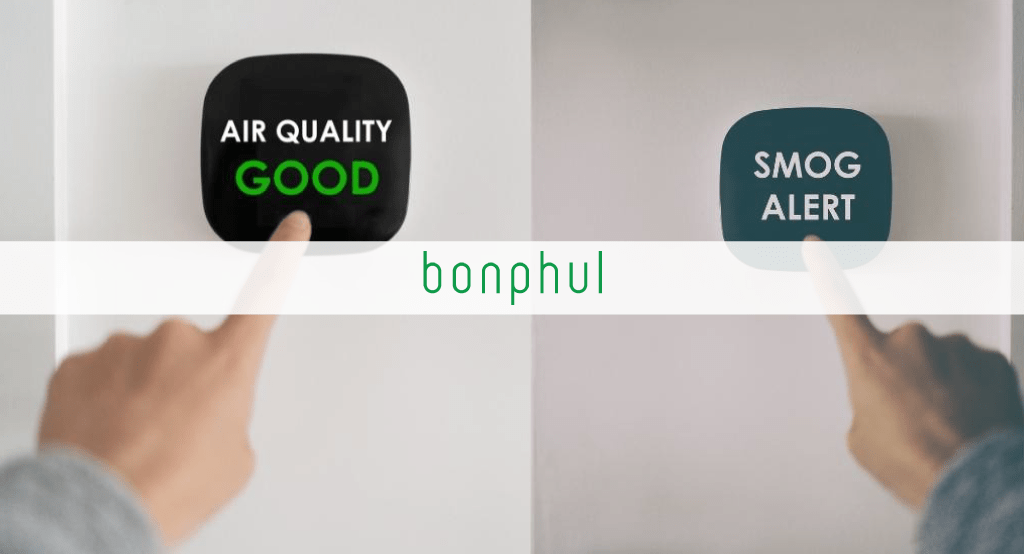
Volatile organic compounds (VOCs) are threatening to human health and also to the environment as most of these are toxic, mutagenic (capable of inducing mutations or increase the rate in genes), and carcinogenic (cancer causing). VOCs are also cited as contributors to atmospheric photochemical reactions leading to the formation of ground level ozone– the main component of smog. VOCs also play a role in formation of secondary organic aerosols, which are found in airborne particulate matter.
The health effects of exposure to VOCs in the non-industrial indoor environment range from sensory irritation at low or medium levels of exposure to toxic effects at high exposure levels. Some of the immediate symptoms can include a runny nose, irritated eyes, headaches, nausea and low concentration. The health risks resulting from inhalation of this chemical depends on factors like duration, frequency and amount inhaled. Several studies suggest that exposure to VOCs may make symptoms worse for young children and elderly. People with heightened sensitivity to chemicals may be more susceptible to irritation and illness from VOCs. As VOCs refer to a group of chemicals, each chemical has its own toxicity and potential for causing different health effects.
Chemicals like Formaldehyde and Benzene are also known to cause cancer, mutations and other undesirable health effects.
Activated Carbon Filtration and VOC
To tackle VOCS in indoor space, activated carbon filtration is the most popular method applied. Activated carbon has special properties that allows it to remove volatile organic compounds (VOCs), odors, and other gaseous pollutants from the air. Carbon air filters trap gas molecules on a bed of charcoal.
Activated carbon has been created by infusing hot air, carbon dioxide, or steam, which creates a lattice of tiny pores in the carbon, which expands its surface area. This creates many more places for molecules to become trapped and makes the carbon far more effective as a filter medium. A paper by the Ohio Environmental Protection Agency, notes that a single gram of activated carbon can have hundreds of square meters of internal surface area. Carbon air filters remove pollutants from the air with a process known as adsorption in which the pollutants stick to the outside of the carbon.
Ultra Violet (UV) Light Air Filters
High intensity UV can also destroy most carbon-based compounds, and hence are commonly used in medical facilities. Though UV light itself cannot destroy VOCs but it is used as a part of a process called Photocatalytic Oxidation which can reduce or virtually eliminate VOCs from the indoor air. In the Photocatalytic Oxidation process VOC are trapped by a photocatalyst – most often titanium dioxide (TiO2) – which is activated by high intensity UV light. The harmful VOC are oxidized and turned into water and carbon dioxide. Again, Ultraviolet light-emitting diode (UVLED) is a new addition into the field of PCO, which has several advantages over conventional UV light sources. Only limited research has been conducted using UVLED PCO for air treatment.
Measures to reduce VOC exposure
Filtration is a process only to control the damage or curtail VOC emission indoors. To reduce VOC emission in air especially in indoor air, certain measures can be easily taken:
- Source Control: Remove or reduce the number of products in your home that give off VOCs.
- Purchasing limited amount paints, solvents, adhesive and caulks, or as per the requirement. Unused chemicals stored in the home can sometimes “leak” and release VOCs into the air.
- Storing unused chemicals in a garage or shed where people do not spend much time.
- Purchasing low-VOC options of paints and furnishing.
- Keeping both the temperature and relative humidity as low as possible or comfortable. Chemicals off-gases more in high temperatures and humid conditions.





